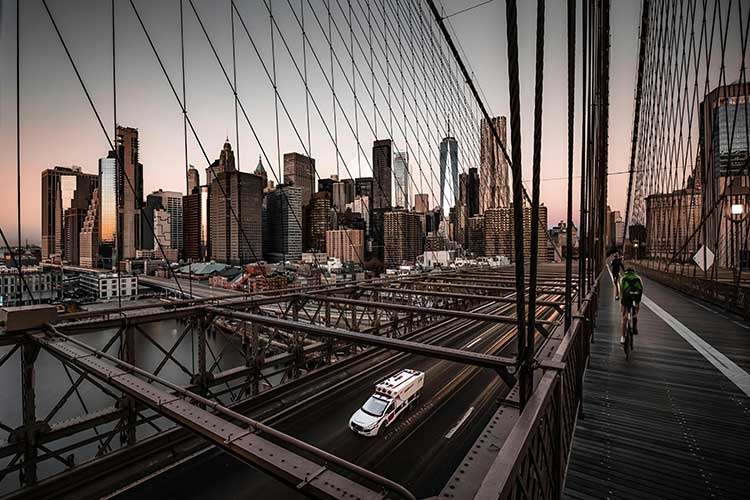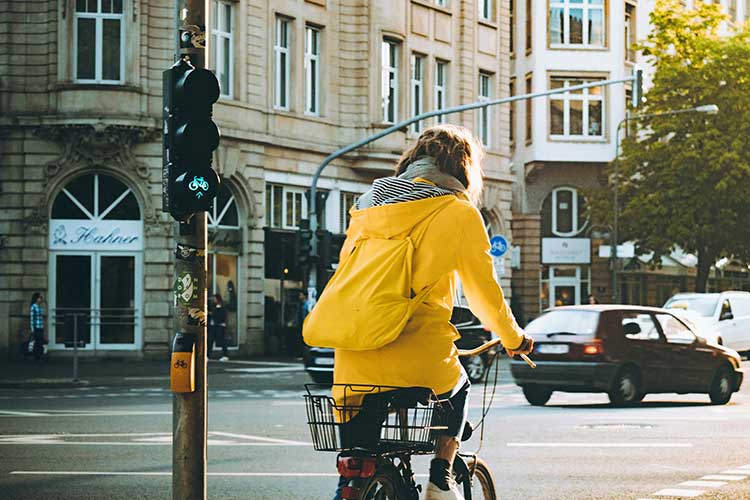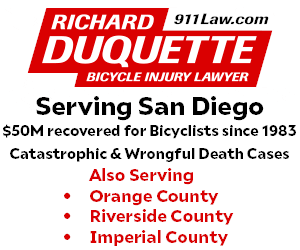Accidents between drivers and cyclists are an unfortunate reality on today’s roads. As urban areas grow and cycling becomes a more popular mode of transportation, the likelihood of collisions has increased. Understanding the shared responsibilities of both drivers and cyclists can significantly enhance safety and reduce the frequency of accidents. Both parties must adopt a mindset that prioritizes safety, awareness, and respect for one another. This article delves into the responsibilities that both drivers and cyclists hold and offers insights on how they can work together to create safer road environments.
Understanding the Rules of the Road
Both drivers and cyclists must familiarize themselves with traffic laws and regulations. These rules are designed not only to protect individuals but also to maintain order on the road. Cyclists are expected to follow the same traffic signals as motor vehicles, which includes stopping at red lights and yielding at stop signs. Drivers, on the other hand, must be vigilant and aware of cyclists, particularly in areas where bike lanes exist. A common point of confusion arises when it comes to the right of way. While cyclists may have the right of way in certain situations, drivers often overlook this and fail to yield, leading to dangerous situations.
Additionally, understanding the specific rights of cyclists is essential. In many jurisdictions, cyclists have the same rights as vehicles, allowing them to operate in the same lanes. This inclusion necessitates that drivers maintain a safe distance when passing cyclists and be cautious of sudden lane changes. By adhering to these regulations, both parties can contribute to a more secure road environment. Education plays a pivotal role in promoting safe driving and cycling behaviors.
The Importance of Visibility
Visibility is a critical factor in preventing accidents involving cyclists and drivers. Cyclists must ensure they are visible to drivers, particularly during low-light conditions or adverse weather. Wearing bright, reflective clothing, using lights on their bikes, and positioning themselves correctly within the lane can significantly enhance their visibility. On the other hand, drivers must remain attentive and vigilant, scanning the road for cyclists, especially at intersections and in areas where cyclists are likely to be present.
A significant number of accidents occur because a driver simply does not see a cyclist until it is too late. This underscores the importance of both parties being proactive in their visibility efforts. Furthermore, the positioning of cyclists on the road can influence their safety. When cyclists ride too close to parked cars, they risk being struck by a vehicle door opening unexpectedly. Similarly, drivers should be cautious when passing parked cars, as they may not anticipate a cyclist emerging from between vehicles.
Communication and Signaling
Effective communication between drivers and cyclists can prevent misunderstandings and enhance safety. Cyclists should utilize hand signals to indicate their intentions to turn or stop, allowing drivers to anticipate their movements. Likewise, drivers can communicate their intentions through the use of turn signals, ensuring that cyclists are aware of their next moves. This proactive communication fosters a culture of safety and mutual respect on the road.
Verbal communication can also play a role in enhancing road safety. For instance, if a cyclist feels unsafe due to a driver’s proximity, they can signal or verbally express their concern. Drivers should be open to acknowledging these signals and adjusting their behavior accordingly. This dialogue fosters an environment where both parties can voice their concerns and preferences, ultimately leading to safer interactions.
Understanding the Consequences of Accidents
Accidents between drivers and cyclists can lead to serious consequences, not just for those involved but also for the broader community. Injuries sustained in these accidents can range from minor to life-altering, affecting not only the victims but also their families and friends. When accidents occur, the aftermath often involves legal repercussions, especially if negligence is determined. This is where the role of car accident lawyers becomes crucial, helping victims navigate the complexities of personal injury claims and seeking appropriate compensation for their losses. Moreover, accidents can lead to a decline in community morale and trust. When drivers and cyclists do not respect each other’s rights and safety, it breeds a culture of animosity.
Engaging with local authorities to implement safer road designs can make a significant difference. Communities that prioritize the safety of both cyclists and drivers contribute to a more harmonious coexistence, ultimately leading to fewer accidents and a more vibrant urban life.
The Role of Infrastructure
Infrastructure plays a vital role in the safety of both drivers and cyclists. Well-designed roads with clearly marked bike lanes, adequate signage, and safe crossing points can significantly reduce the likelihood of accidents. Local governments must prioritize the development and maintenance of these infrastructures, ensuring that both cyclists and drivers have safe spaces to operate.
Additionally, implementing traffic calming measures, such as speed bumps and roundabouts, can help reduce vehicle speeds, making roads safer for cyclists. Education campaigns can also inform drivers about the importance of respecting bike lanes and the need to watch for cyclists at intersections. Investing in proper infrastructure not only benefits cyclists but also enhances the overall safety of the road for all users.
Building a Culture of Respect
Finally, building a culture of respect is paramount for improving interactions between drivers and cyclists. This culture begins with education and awareness but must extend into daily interactions on the road. Both drivers and cyclists should recognize that they share the road and, consequently, the responsibility for each other’s safety.
Creating a culture of respect involves acknowledging the rights of all road users. Drivers should treat cyclists as legitimate road users, while cyclists must respect the space and rights of drivers. By promoting mutual respect, both parties can foster safer roads. Additionally, community programs that encourage positive interactions can help strengthen this culture. Initiatives that bring together cyclists and drivers for discussions, workshops, or even joint events can create a shared understanding of each group’s challenges and needs. As relationships improve, the likelihood of accidents decreases, leading to a safer and more harmonious coexistence on the road.
The shared responsibilities of drivers and cyclists in accidents are essential to creating a safer road environment for everyone. By understanding the rules of the road, enhancing visibility, fostering communication, recognizing the consequences of accidents, prioritizing infrastructure, and building a culture of respect, both parties can work together to reduce accidents. A commitment to safety, awareness, and respect will lead to a more harmonious coexistence, ultimately benefiting the entire community. By acknowledging their shared responsibility, drivers and cyclists can significantly improve road safety and create a more inclusive environment for all road users.
No products found.

















